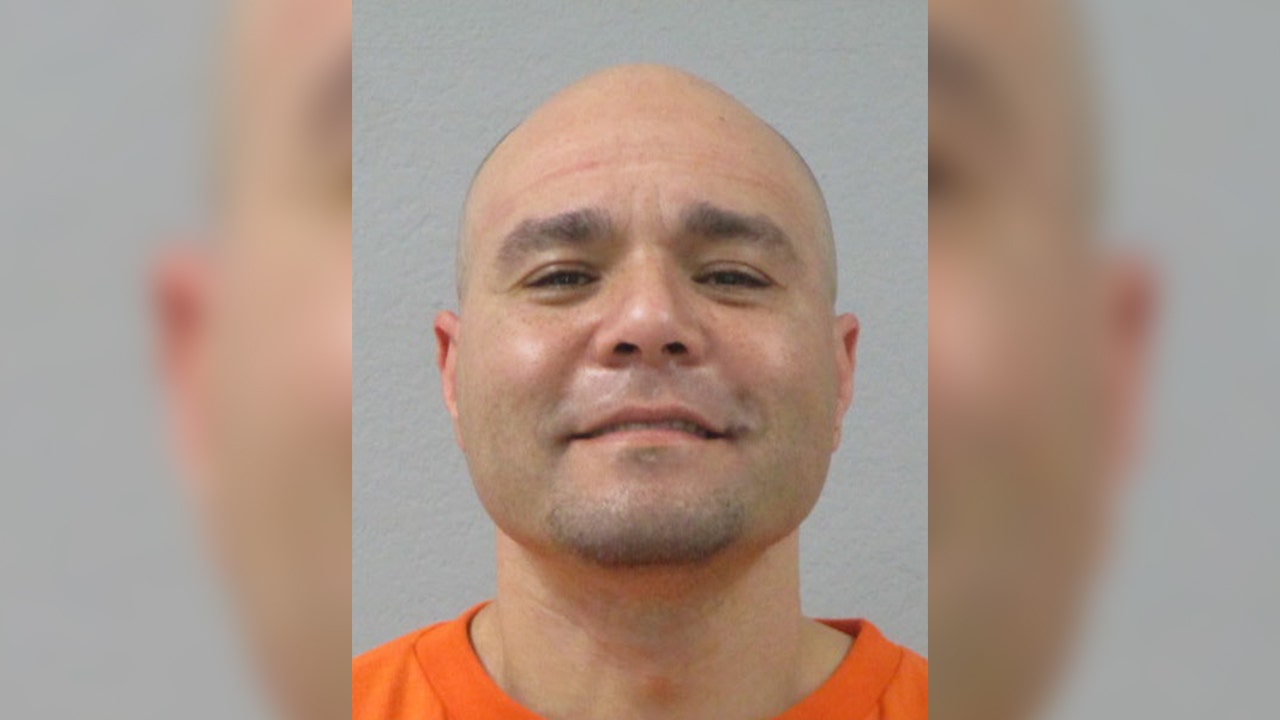They were a ragtag army, fighting with baseball bats, Molotov cocktails and plywood shields. But for Ukrainians, the protesters who faced off with riot police on Kyiv’s main square a decade ago were the first soldiers in a war still raging today.
The demonstrators were part of the Maidan uprising of 2014, when Ukrainians took to the streets to protest the decision by President Viktor F. Yanukovych to forgo closer ties to Europe and instead more closely align Ukraine with Moscow. In the uprising’s violent, final days police killed more than 100 protesters.
Their portraits now adorn a wall of honor at St. Michael’s Golden-Domed Monastery in Kyiv. They are displayed first, ahead of portraits of soldiers killed in the simmering, eight-year conflict in Ukraine’s east that served as a prelude to Russia’s full-scale invasion on Feb. 24, 2022. And a museum dedicated to the street uprising identifies those who died on the square as the first soldiers killed in the war with Russia.
This connection Ukrainians make between the 2014 rebellion and the invasion two years ago reflects the long view of war that many citizens hold: They’ve been fighting Russia for 10 years, not two.
Russia’s invasion of Ukraine came in two phases, Ukrainians point out. The first was a decade ago when Russian soldiers came over the border soon after Mr. Yanukovych was driven into exile, igniting the war in the east. It was a military intervention unacknowledged by Moscow, shrouded in a fog of ruses and denials so improbable that few were deceived. But it nonetheless served to blunt both the Ukrainian and international response.
The war pivoted two years ago to an unveiled effort by Russia to seize territory militarily and redraw European borders. This week, as the world observes the second anniversary of Russia’s invasion, Ukrainians recall the anger and resolve that drove the 2014 uprising as well.
“We have always been fighting Russia,” said Capt. Oleh Voitsekhovsky, who joined the army directly after protesting on Maidan Square, fought in the war in the east and is still fighting today. His view of Ukrainian history, he said, is of a continual struggle against Moscow. “It is just sometimes cold and sometimes hot.”
In its final days, the 2014 uprising nearly collapsed as protesters held only a few hundred square yards of soot-smeared paving stones and had resorted to burning heaps of tires to keep alight a giant bonfire that was holding back riot police.
Police snipers fired into the crowds, leaving bodies scattered on the pavement in central Kyiv. The protest ended with security service chiefs and protest leaders cutting a deal, and with the police pulling back and leaving the capital. This betrayal left Mr. Yanukovych without protection, and he fled to eastern Ukraine, and then to Russia on Feb. 24, 2014.
In a video address to the nation on Tuesday in observance of the 10th anniversary of the sniper shootings, President Volodymyr Zelensky drew a line from the Maidan uprising to the trench warfare today. Ukrainians will fight, he said, “in the squares, on the barricades and today at the front.”
After driving out Mr. Yanukovych, many protesters believed they had secured Ukraine’s freedom. In fact, the war had just begun.
Russia’s response to Maidan became a simple but effective trick: It deployed soldiers in uniforms without insignia in the Crimea Peninsula and identified them as angry locals or members of motorcycle gangs. The ruse was transparent, but it succeeded in slowing the Western response amid discussions of the origins of the ostensible mystery soldiers.
Ukraine, still wobbly under an interim president appointed by Parliament, initially sought to avoid a war.
Capt. Yuriy Fedash of the Ukrainian navy was trying to rebuff Russian efforts to board and seize his ship in March 2014 when he received an order from Kyiv emblematic of Ukraine’s cautious, first response: “‘Don’t give up but don’t shoot,’” Captain Fedash said he was told.
Seeing no way to resist without fighting, Captain Fedash disobeyed, he said in an interview: He ordered sailors to fire warning shots from a heavy machine gun, sending up sprays of seawater. They were among the first shots fired by Ukraine’s military in the war but did not prevent the eventual seizure of the ship.
By the time Russian tanks rolled across the border two years ago, roughly 400,000 Ukrainians had already fought the Russians in eastern Ukraine. By sustaining years of low-intensity war in the east, Russia, paradoxically, had prepared the Ukrainian army to rebuff a countrywide assault. Many veterans, battle-hardened after years in the trenches, rejoined the army.
“This was decisive,” said Captain Voitsekhovsky, referring to the way veterans of the war in the east took up arms against the full-scale Russian invasion. “First, we were motivated. This was a big, unpleasant surprise for the Russians. And we had combat experience. Nothing had to be explained. We took weapons and needed no help.”
The Maidan uprising echoed in Russia’s war plans, too.
In the invasion, Russia sought to quickly capture the capital with columns of tanks, paratroopers and commandos, with the goal of setting up a puppet government. One plan identified by Ukrainian officials would have reinstalled Mr. Yanukovych.
In the weeks before the invasion, lawyers who later fled to Russia filed little-noticed lawsuits in a Kyiv court contesting a Parliamentary vote in 2014 that stripped Mr. Yanukovych of his presidential powers.
The legal filings would have lain the groundwork for his return. Agents with Ukraine’s domestic intelligence agency, the S.B.U., confiscated the court’s computer servers, lest corrupt or treasonous judges publish a ruling legitimizing Mr. Yanukovych’s return.
Over the years, Russia’s denials of any direct military role in Ukraine in 2014 infuriated Ukrainians, and has amplified their view of a long war against Russia.
France and Germany had conceded, in settlement talks, to a role for Russian proxy forces in negotiations known as the Minsk II process. It was, in essence, a partial acceptance of the Russian denial of having invaded two eastern provinces in 2014; that acceptance delayed for years a full grappling with the implications of Russia’s turn to military expansionism.
“I wanted somebody to pay attention to this lawlessness,” Captain Fedash, the navy skipper, said of Russia’s unacknowledged intervention. “We let time go by. They were not punished, so they continued.”
Ukraine is now on the defensive along the entire 600-mile front, is fighting with dwindling ammunition and faces deep uncertainty over the future of military and financial aid from its most important ally, the United States. Ukrainians have fought against long odds before.
Sviatoslav Syry, who was beaten by riot police officers as a student protester on the square, was elected to a seat in Parliament and is now fighting in an artillery unit in the Ukrainian military.
Maidan protesters, he told Ukrainian media, were dismayed as riot police repeatedly stormed the tent encampment on the square in nighttime raids. “By morning, you think maybe it’s all over,” he said. “But inside, there’s already this anger and desire to come back.”
Maria Varenikova contributed reporting from Kyiv, Ukraine.






